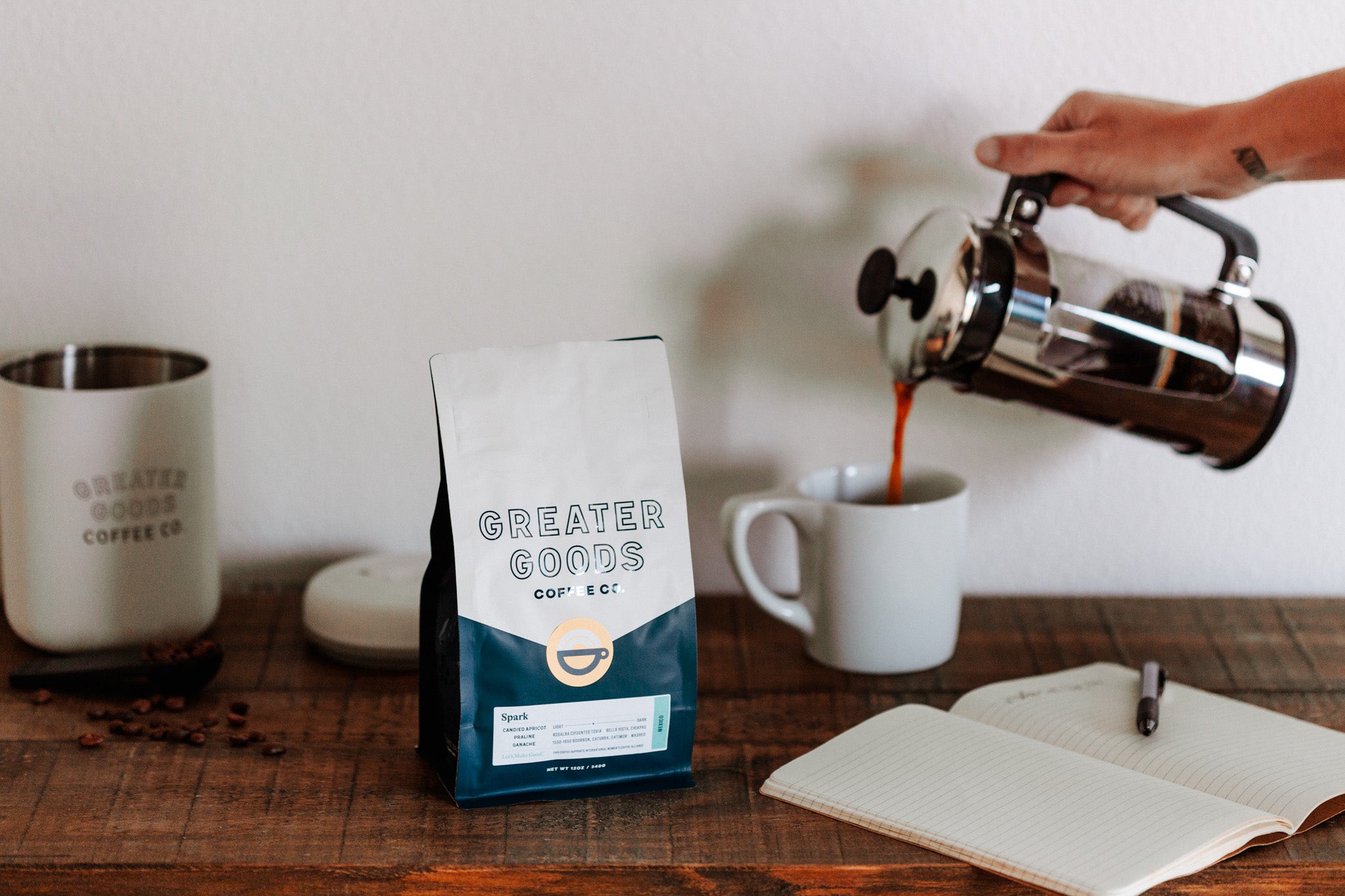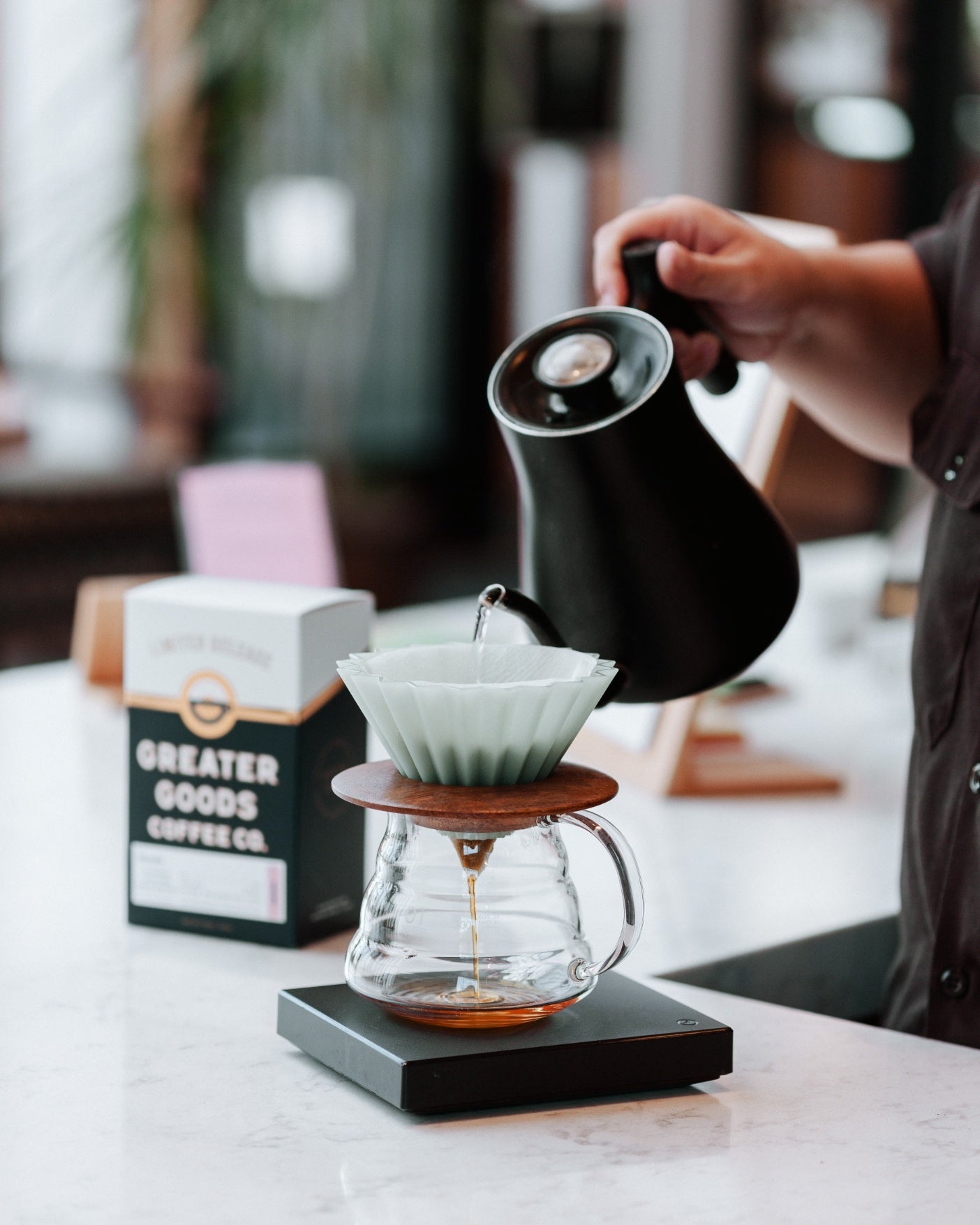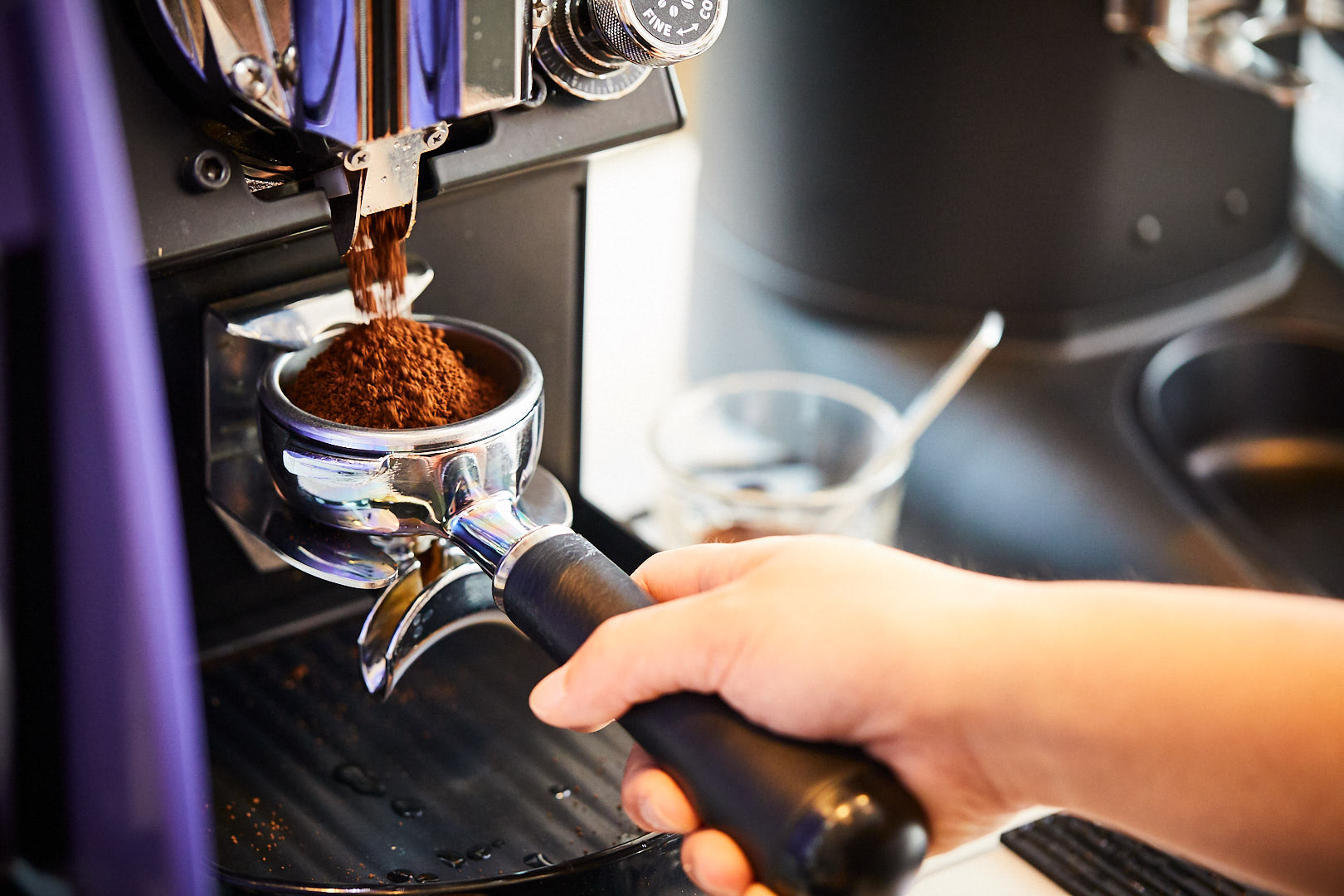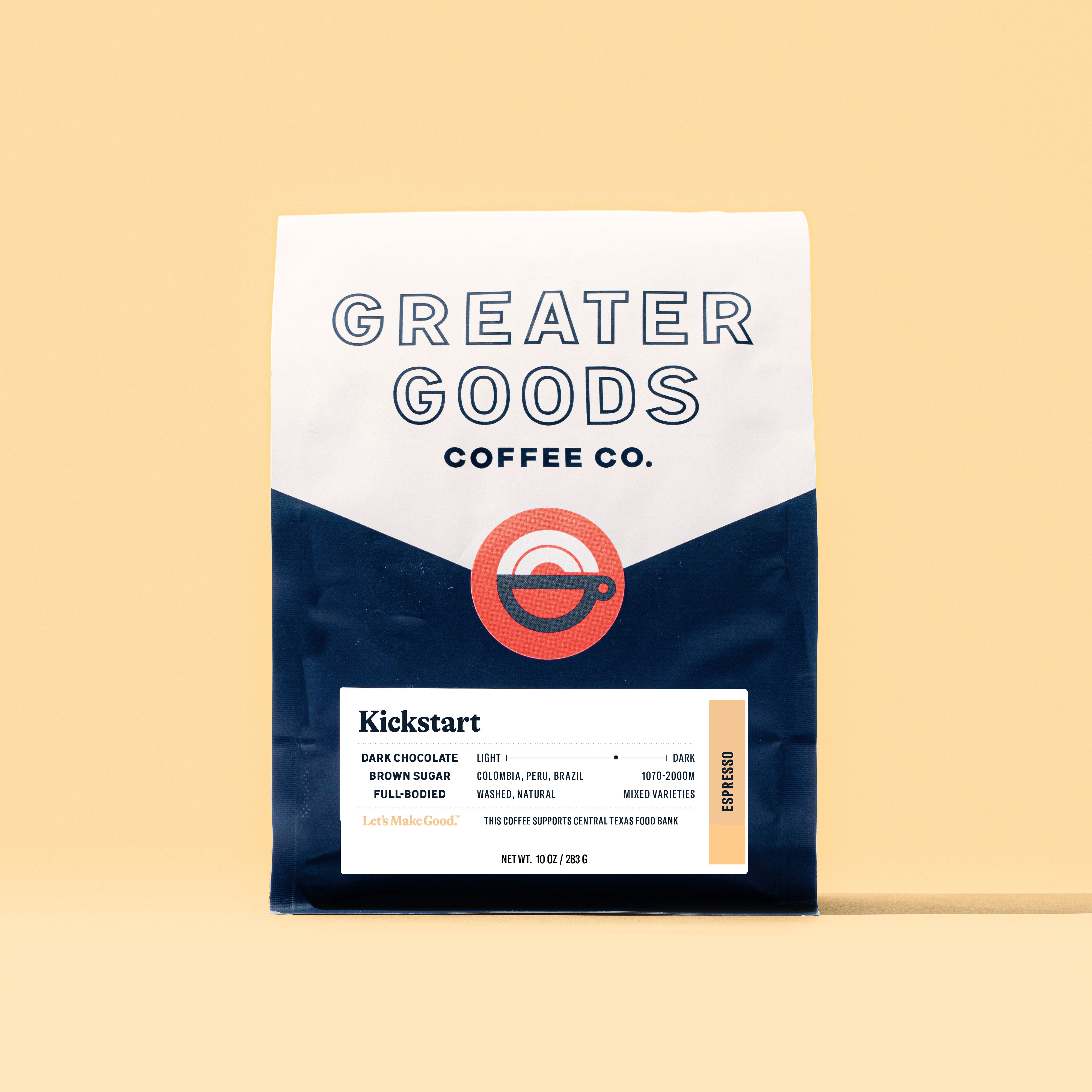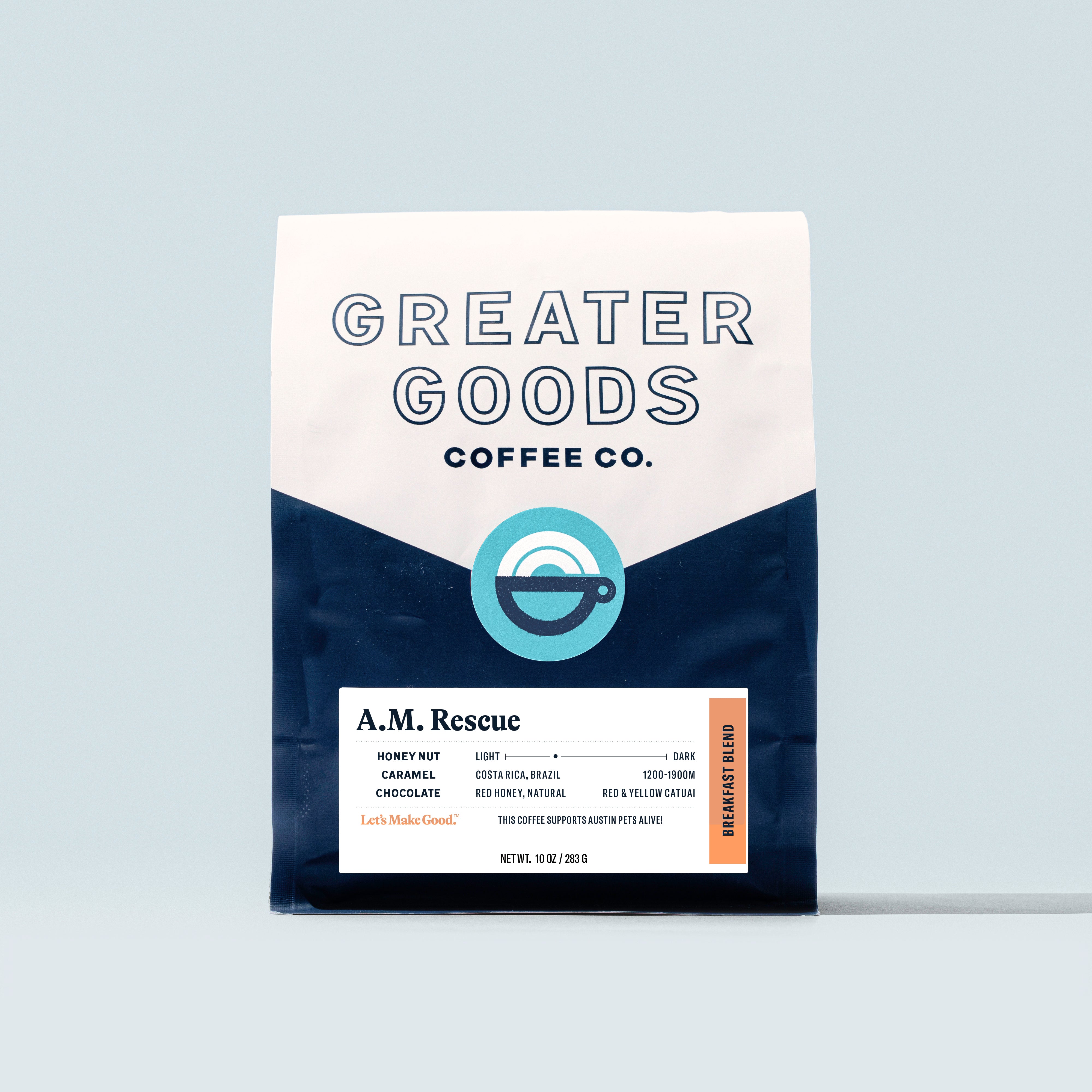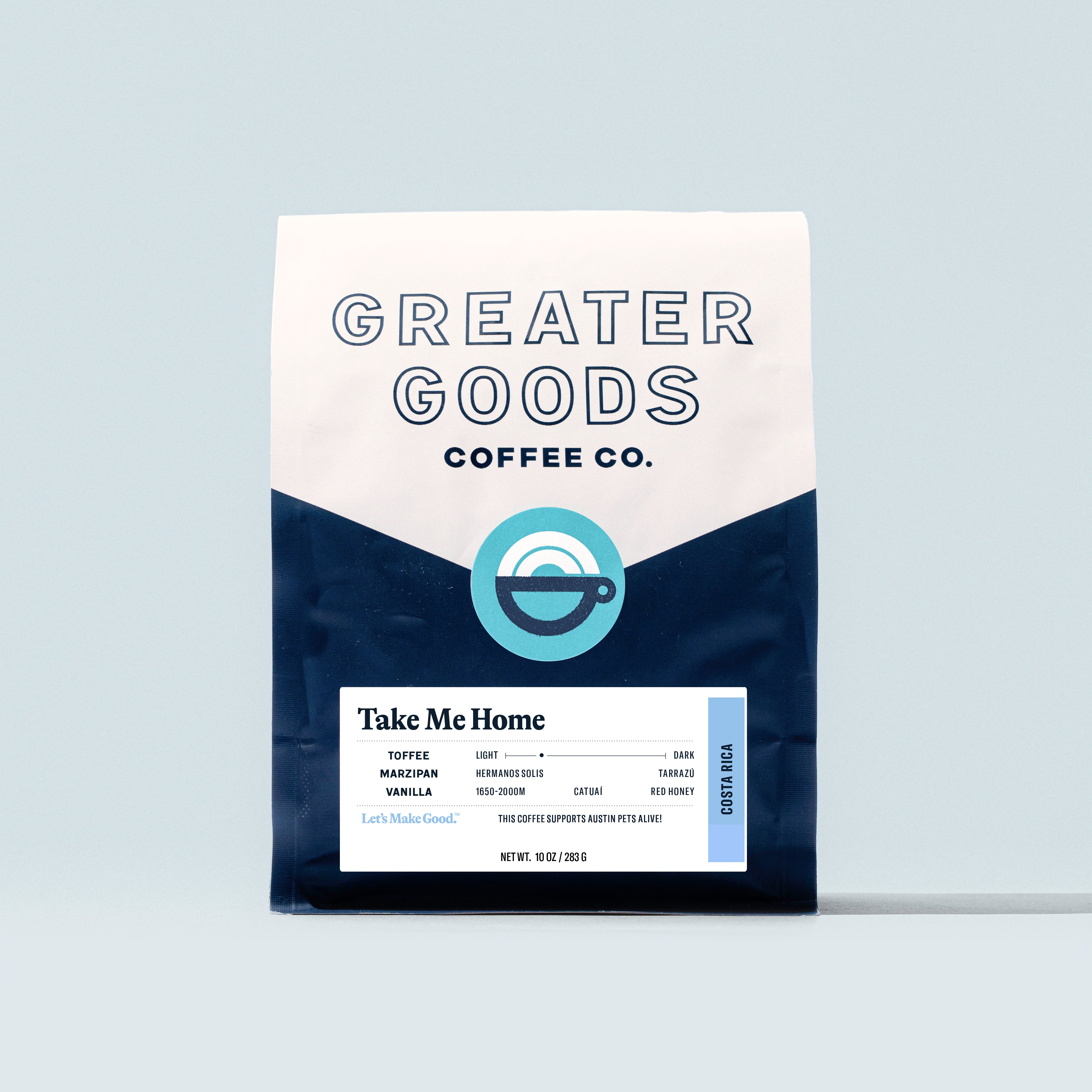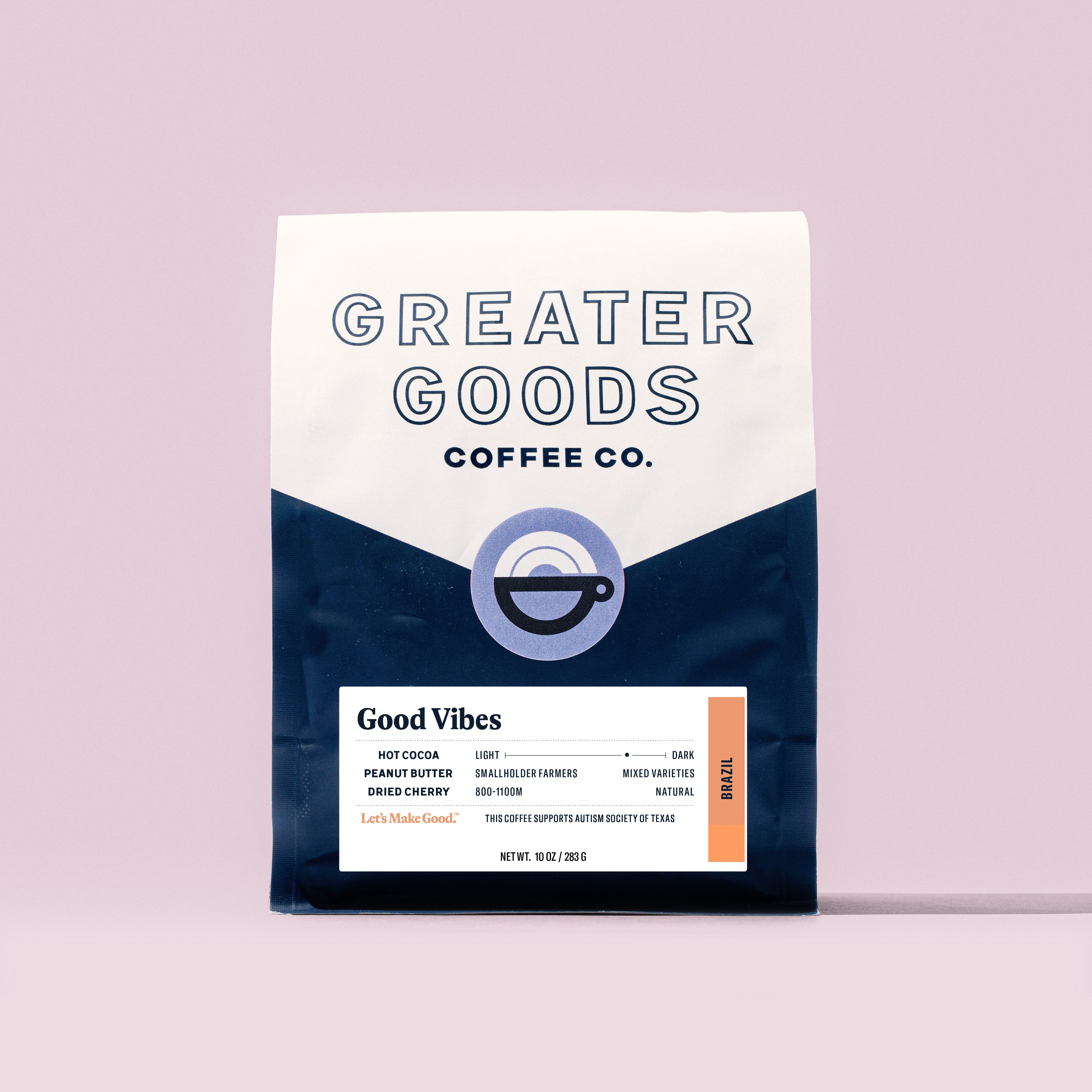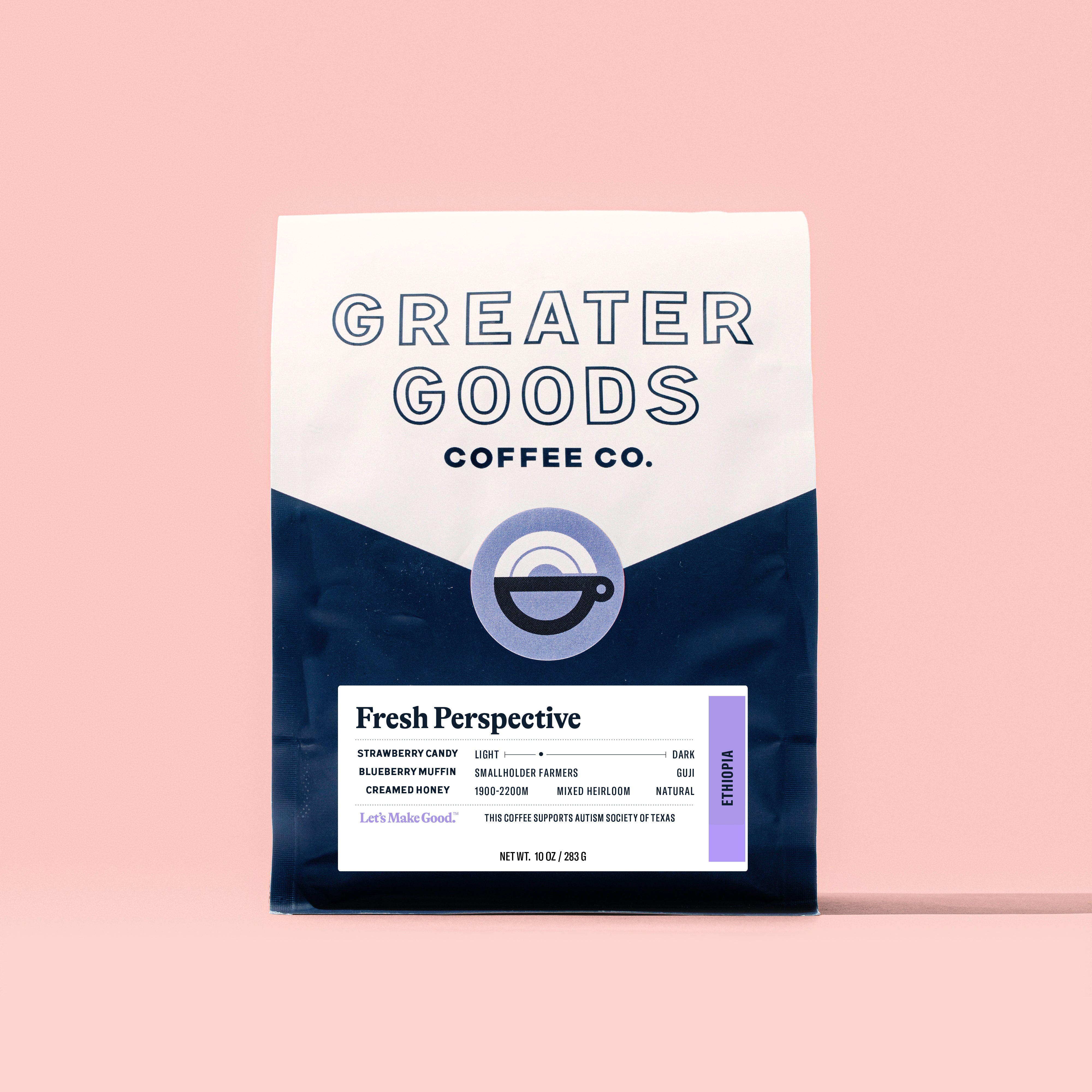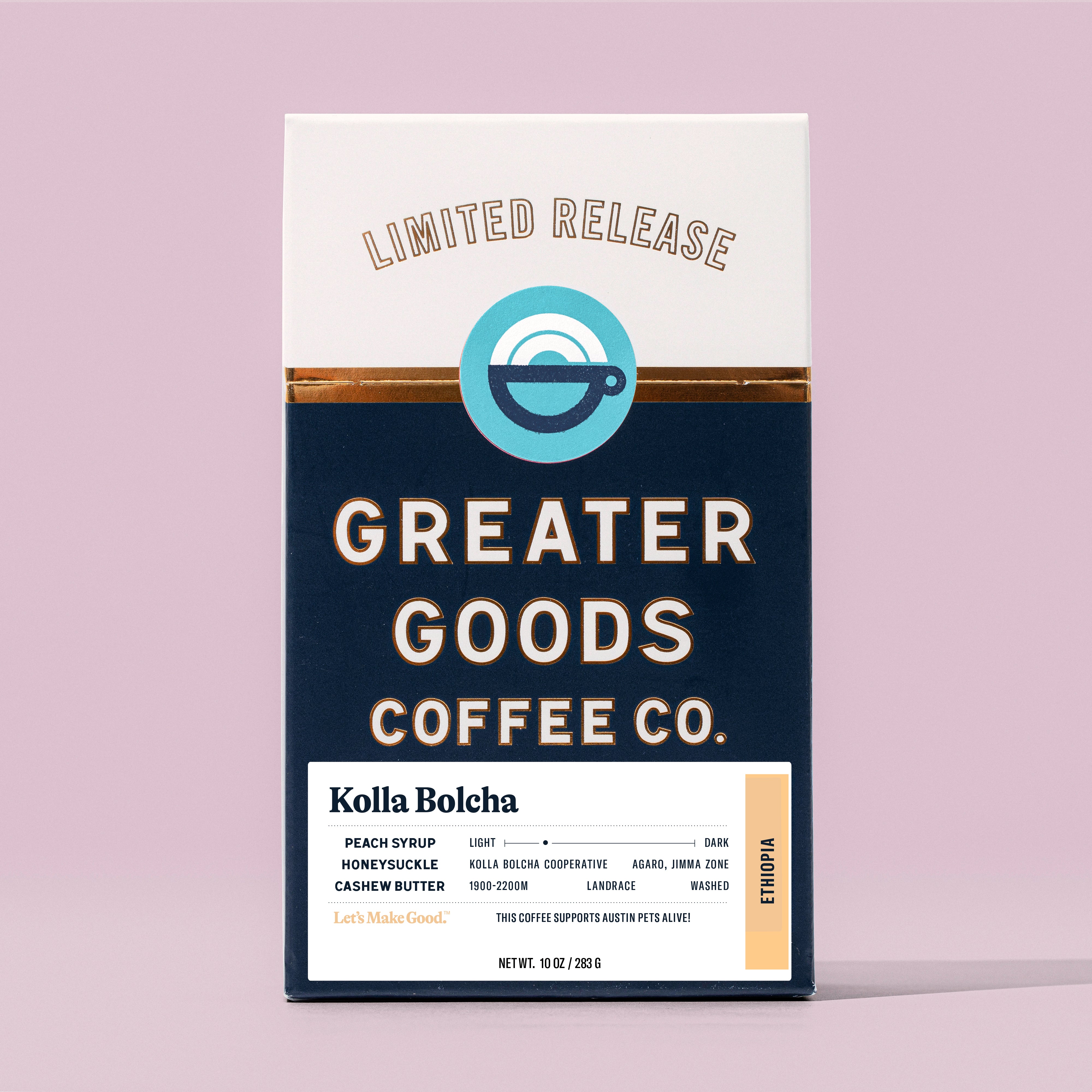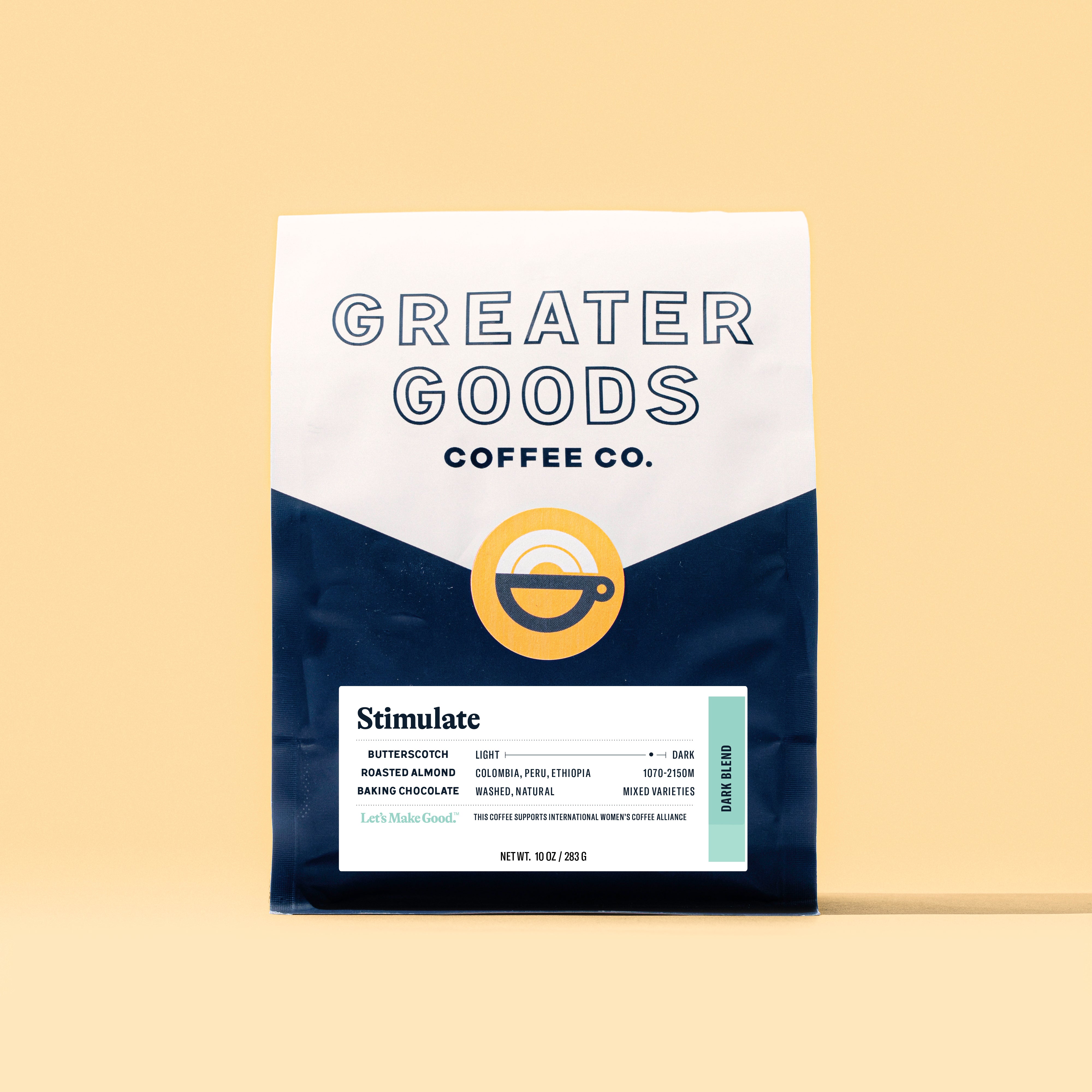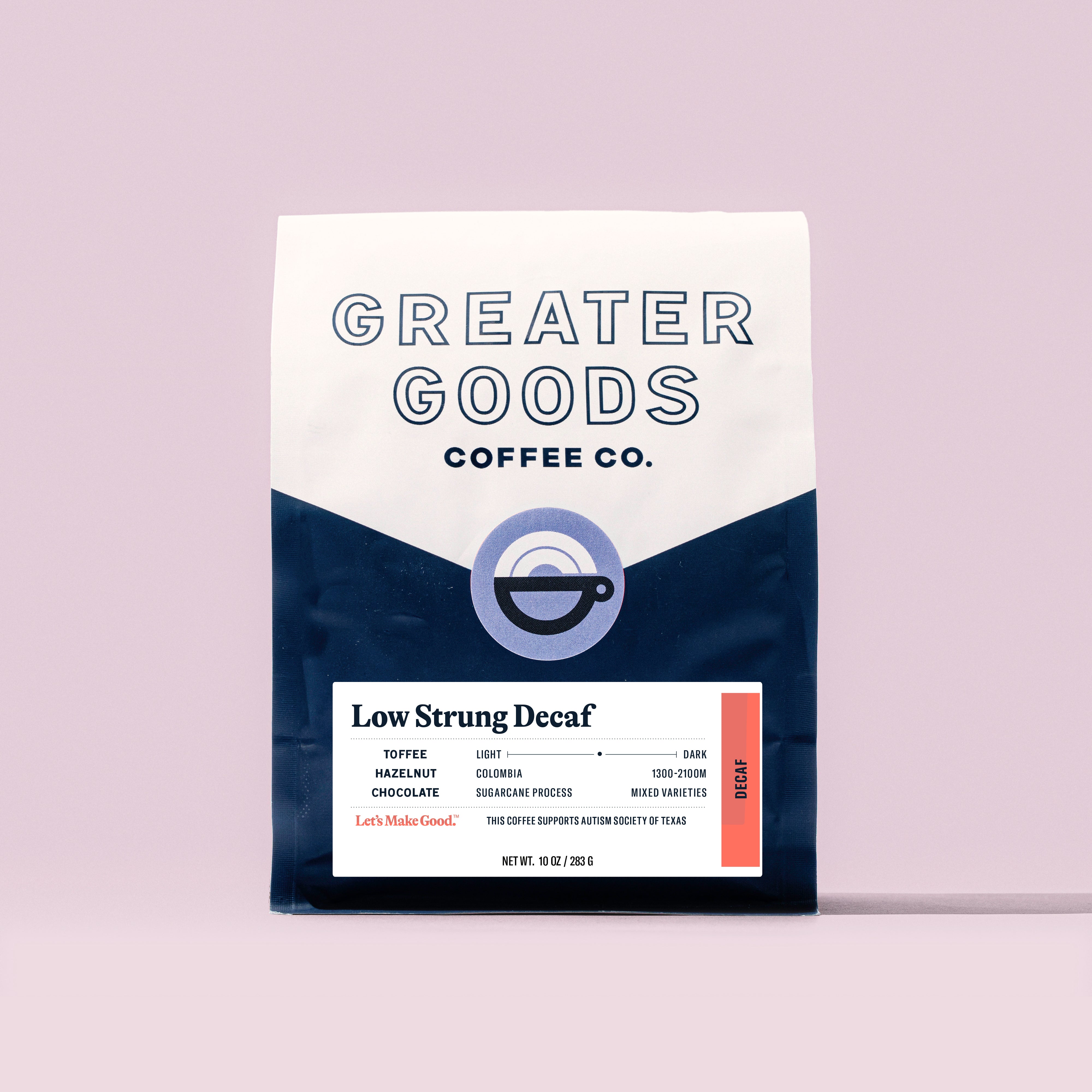

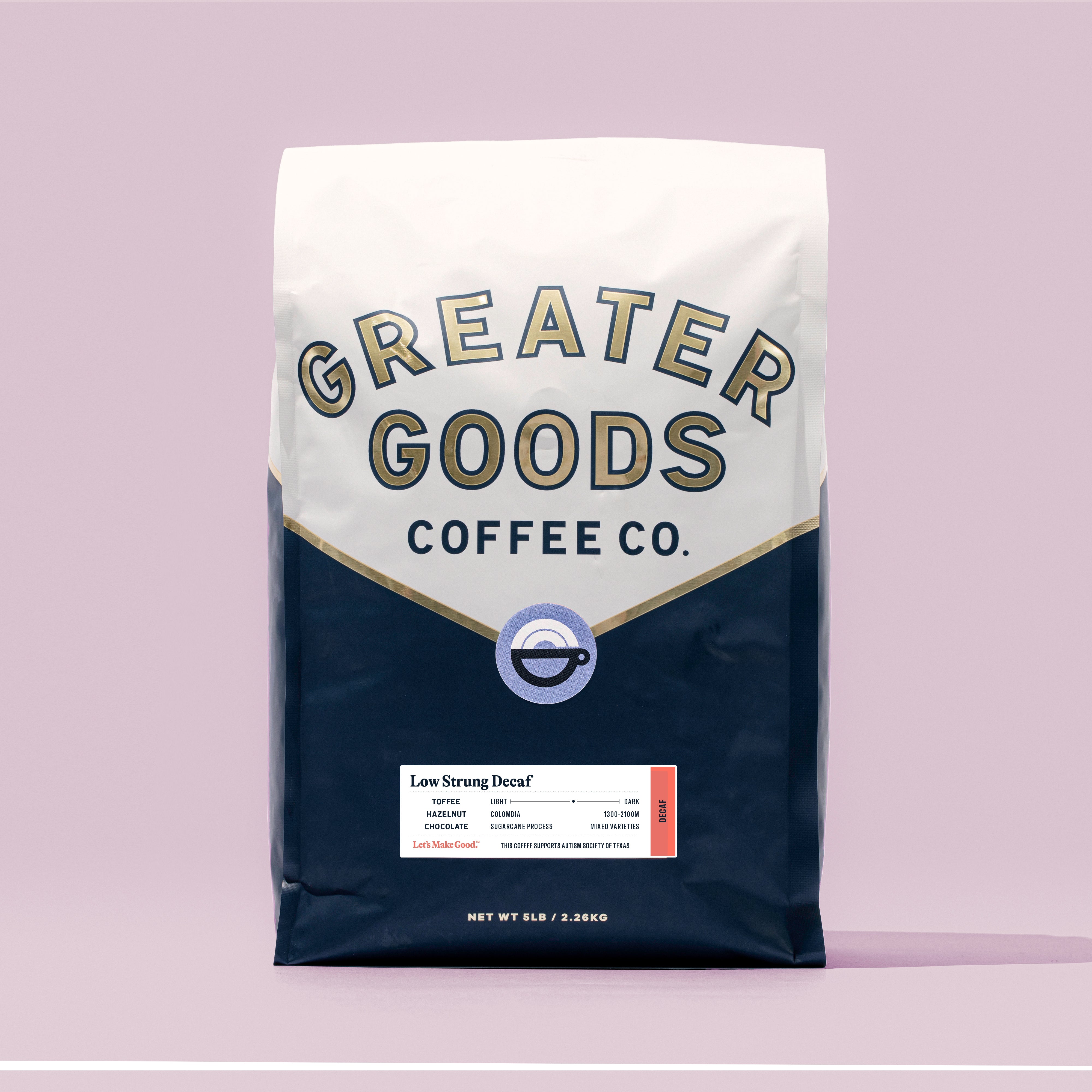
Low Strung - Decaf
Toffee, Hazelnut, Silky Chocolate

RESPONSIBLY SOURCED

METICULOUSLY ROASTED

GIVING BACK
Toffee, Hazelnut, Silky Chocolate
Indulge in the rich, nuanced flavors of our new decaffeinated coffee, from Colombia, meticulously decaffeinated using the Sugar Cane process. This method ensures that the coffee's natural characteristics are preserved, delivering a cup that is both vibrant and satisfying.
With its enticing aroma and complex flavor profile, this decaf coffee offers notes of sweet toffee, roasted hazelnut, and smooth dark chocolate. It's a guilt-free pleasure that can be enjoyed at any time of day, without sacrificing the taste and experience of a truly exceptional cup of coffee.
Details
Profile Medium-Dark
Region Various
Process Sugar Cane Process
Elevation 1300-2100 masl
Varieties Mixed Varieties
